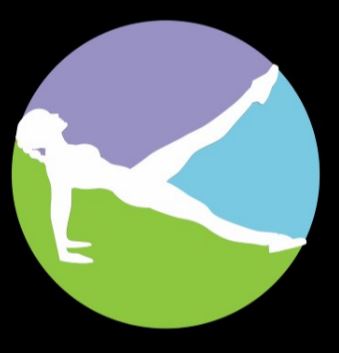The gut and Gastrointestinal (GI) system is the earliest formed system in the body. It is an organ system primarily responsible for transporting and digesting food, absorbing nutrients, and expelling waste. However there is more to this system than meets the eye.
The gut holds much of our lymphatic system tissues and because of this the toxins, debris and old emotional ‘stuff’ we hold onto is mostly in our gut! There is a huge connection between the GI systems, the lymphatic tissue and the way in which we hold onto our old emotional and physical experiences. Bt I’m getting ahead of myself, to set the scene, lets first do a quick review of this amazing system!
The Gut Anatomy and Physiology Review
The gut has a big movement component, when working well it is chugging along moving nutrients and waste through the whole system. The cells that are responsible for the movement of all aspects of the gut (all the way from the stomach, duodenum, Ileum, Jejunem, right down to the Colon) are called the ‘Interstitial Cells of Cajal’. These interstitial cells are specialised muscles cells responsible for the slow wave motile movement of the gut! They are stimulated by
- interconnect with each other
- connect with the plexus of cells
- connection with incoming enteric motor neurones
The enteric Nervous System is inclusive of;
- Myenteric plexus – controls the rate and strength of contractions (how fast and how strong the contractions will be)
- Submucosal plexus – controls the rate and secretion of absorption (how fast things are absorbed and how fast they are secreted out)
- Parasympathetic input – excitatory! These nerves release acetal choline. It’s pre ganglionic, controlling the vagus (the head) to the last half of the colon. 80% of the fibres in the vagus are aphrent to the brain, they go to the brain and they sense things! These nerves begin at the cranial nerves (specifically the oculomotor, facial, glosopharagneal, and vagus nerves) and the sacral (S2-4)
- Sympathetic input – inhibitory! These nerves release norephenephrine. It post ganglionic, the location of these is T5-L2. If there is going to be a strong sympathetic stimulation (i.e. really stressed out) it will stop your GI tract.
- Sensory feedback (which comes back from the gut epithelia) – signal goes up to the prevertabral ganglia in the spinal cord brain stem and medula
Sympathetic and Parasympathetic relationships to the visceral organs
Understanding the sympathetic and parasympathetic impacts on the gut is incredibly
important. For example have a look at how many of these visceral organs are innervated form the thorax spine.


As anywhere in the body, the optimal firing of these nerve roots is crucial for the optimal function of the gut viscera.
Emotional Clearing of the Gut
Flushing out the GI system releases the entire GI system form what its been holding onto. When we start to unravel the thoracic spine and thus the innervation to the GI system we begin to think so much more clearly. Most of the neurotransmitter are produced and stored in the gut and then get transferred to the brain, which is why more recently the gut has been termed our ‘second brain’.






